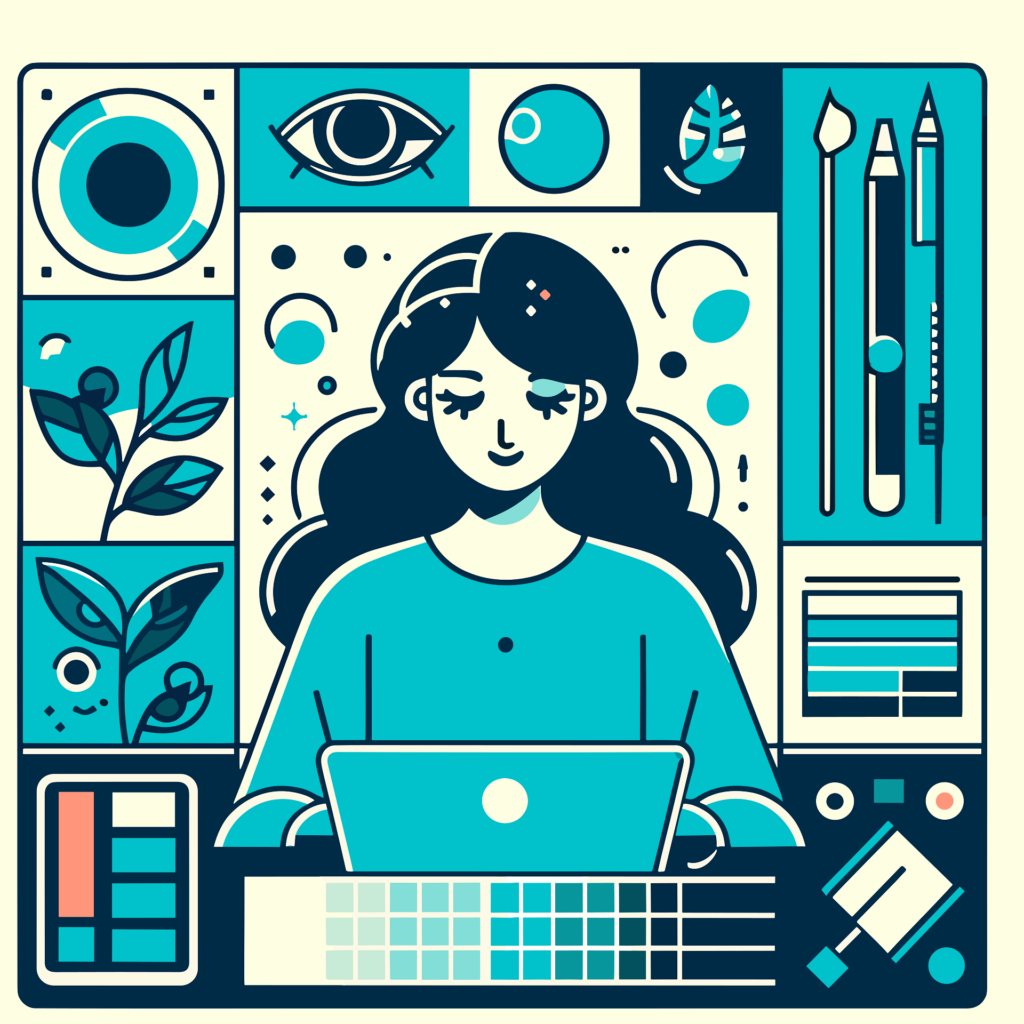
Digital Canvases: When Websites Become Works of Art
The Web as a Creative Playground
Websites were once just utilitarian tools aimed at delivering information. Today, they are interactive visual experiences—digital canvases where designers paint with pixels, motion, and interaction. Web design is now a method of storytelling, feeling, and art, blurring the line between art and technology.

Aesthetic Meets Interaction
Why does a website become a work of art? It’s not merely its looks—it’s the way it moves, reacts, and flows. From stunning typography and color palettes to silky animations and interactive levels, web designers are creating experiences that engage users on an emotional level. Like a painting or sculpture, a great website can make you pause, feel, and think.

Influences from Traditional Art
Most modern web layouts take inspiration from historical and current art movements. Minimalist websites often mimic the peaceful simplicity of Japanese Zen culture or the geometric boldness of Bauhaus. Others become unabashed maximalists, tapping surrealism, vintage, or abstract expressionism. Some sites even mimic physical mediums—like brushstrokes, paper texture, or collage—to create a hands-on experience within a virtual medium.
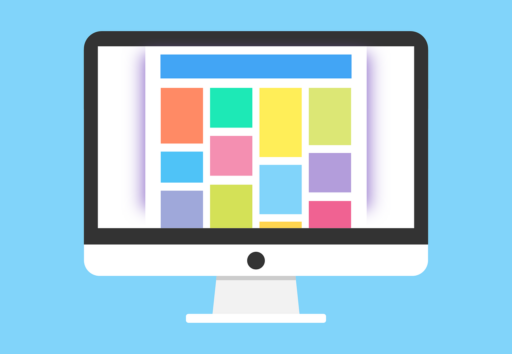
The Role of Technology in Creativity
With tools like Webflow, Figma, and advanced CSS and JavaScript libraries, designers can now play in ways that defy the conventions of traditional art. Parallax scrolling, 3D effects, and generative art introduce movement and depth into web pages. These technologies do not merely embellish design—expand the definition of what it means to be “art” in the digital world.

When Function Supports Art
Sure, a pretty site still needs to work. The key is to balance function and imagination. The loveliest art websites gently nudge the user in an intuitive way but still deliver a strong emotional or visual impact. They’re functional pieces of work that also just happen to be stunning.

Final Thoughts
With screens taking the place of windows, the web is emerging as one of the most compelling art forms of our time. Whether you’re viewing a designer portfolio site, an independent label, or even a nonprofit organization, chances are that you’re engaging with art—whether you recognize it or not.
Creativity has found a new canvas in this digital age—and it’s one that you can scroll, swipe, and click.
More From The Author
-
AI in Art: Tool or Threat to Human Creativity?
AI in Art: Tool or Threat to Human Creativity? Over the past few years, artificial intelligence (AI) has entered the realm of art, producing digital paintings and music, poetry and interactive installations. This has set off a continuous debate: Is…

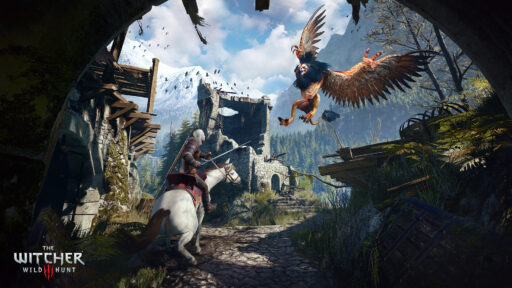


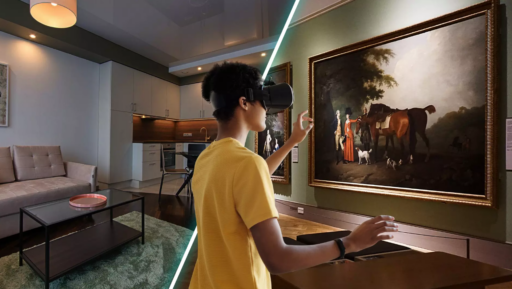

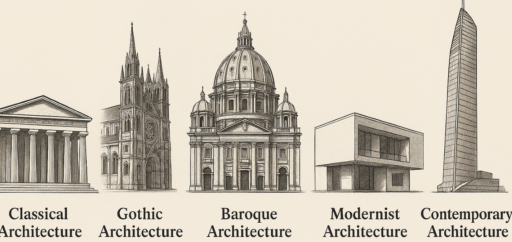
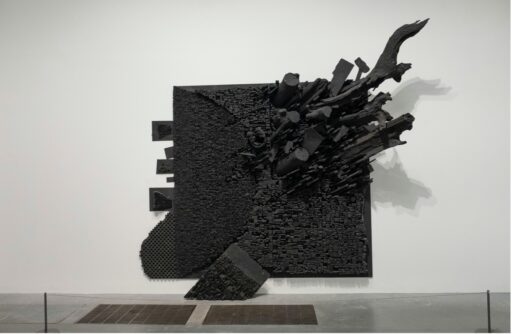

Wow, I thought I was just doom-scrolling through cool websites to avoid doing my actual work—but turns out I’ve been touring digital art galleries this whole time. I’m not lazy, I’m cultured!
Websites are a form of art; they encourage reflection and spark imagination. I completely agree with this view. In fact, we can call this digital art, and web designers can truly be seen as digital artists. The colors, image sizes, and shapes used on websites are like pieces of art, carefully crafted to capture people’s attention and evoke emotions.
A well-designed website is not just a functional platform—it is an immersive visual experience, blending technology and creativity. Every element, from typography to layout, serves as a brushstroke on a digital canvas, telling a story and inviting users into a unique world crafted by the artist.
Great point here, I think the art of creating and designing webpages, especially the graphic side of them, is a matter often overlooked and underrated. Look how much easier and more fun it is to read posts about things we might not be particularly interested in, but the designs simply make us want to, regardless!
Wonderful idea for a post with great insights.
A bit ashamed I didn’t think of it as this is what I do for a living. My latest “artwork” was this website as well! I tried to match it with our selected theme “Art & Culture” and I think I did well, wanted to make it look vintage with a “newspaper” feel. I didn’t go for “Website of the year” award, I just had a basic idea for the feel of the website and wanted to make it real.
To add a bit to the post, I totally agree that the web is where we see a lot of art nowadays. For artists it is also where they find contract work by using their digital portfolios. Bonus points when they look slick too. For example, this is my favorite website https://camillemormal.com/.
Forgot to mention that the example website looks best on desktop devices. It’s a common thing for “artwork” websites in general.